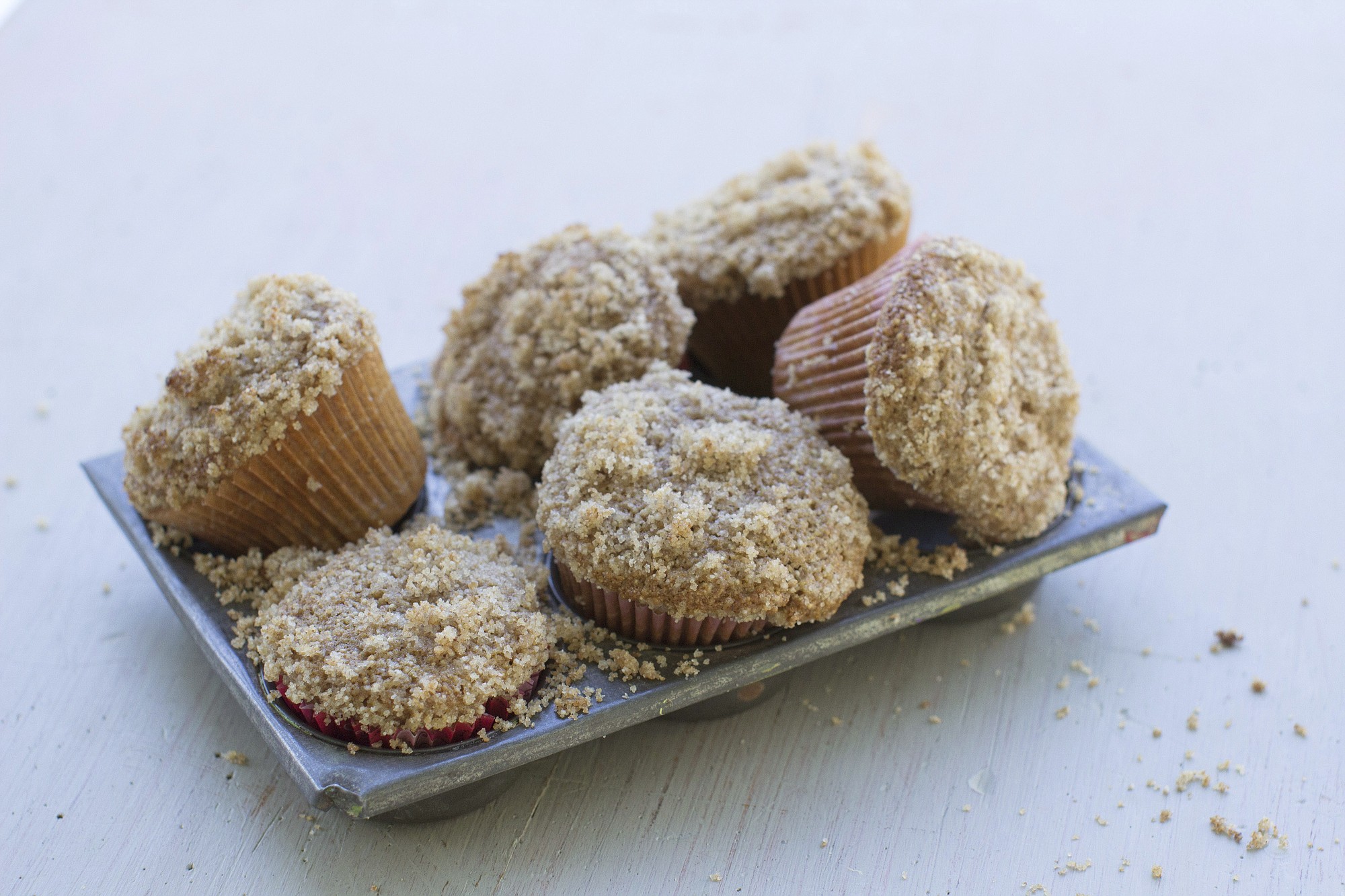Peter Reinhart is a baker unafraid of reinvention and challenging the norms of his field.
His career — now chronicled over the course of nine cookbooks — shows him repeatedly asking “Why not?” about challenges that stymie so many bakers. Why not break down artisanal recipes to make intricate breads accessible to home bakers? Why not rework whole-grain goodies to make them taste as light and airy as their all-purpose cousins? Why not make gluten-free, sugar-free baking taste great?
And now? Why not demystify the up-and-coming world of so-called sprouted grains?
In his latest book, “Bread Revolution,” Reinhart — a faculty member at Johnson and Wales University in Charlotte, N.C., and recipient of four James Beard awards — has taken a deep dive into sprouted and heirloom grains, walking readers through the challenges and rewards of working with these increasingly popular flours and grains.
What keeps Reinhart forging ahead in bread? Here are his answers to that and other questions (edited for clarity and length).



